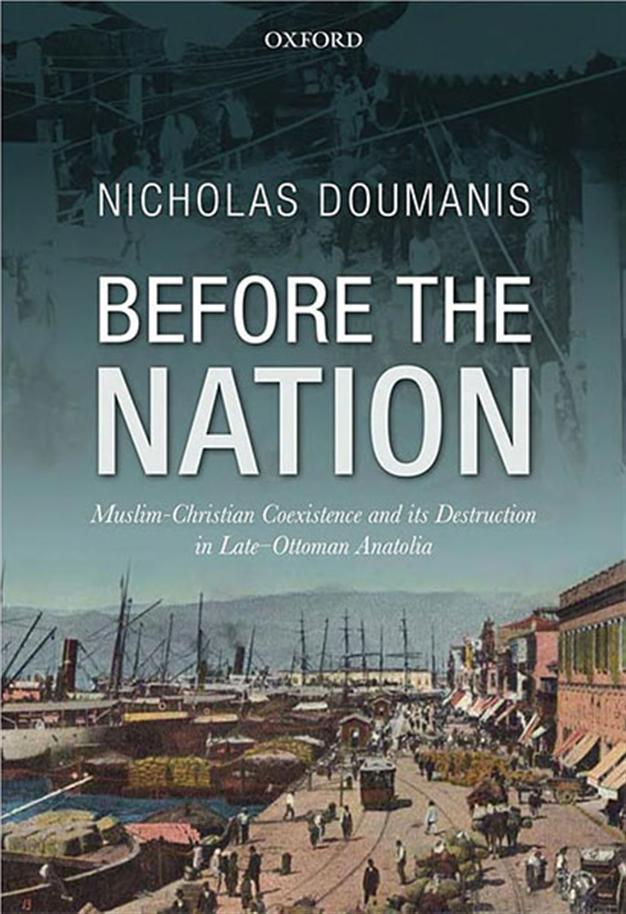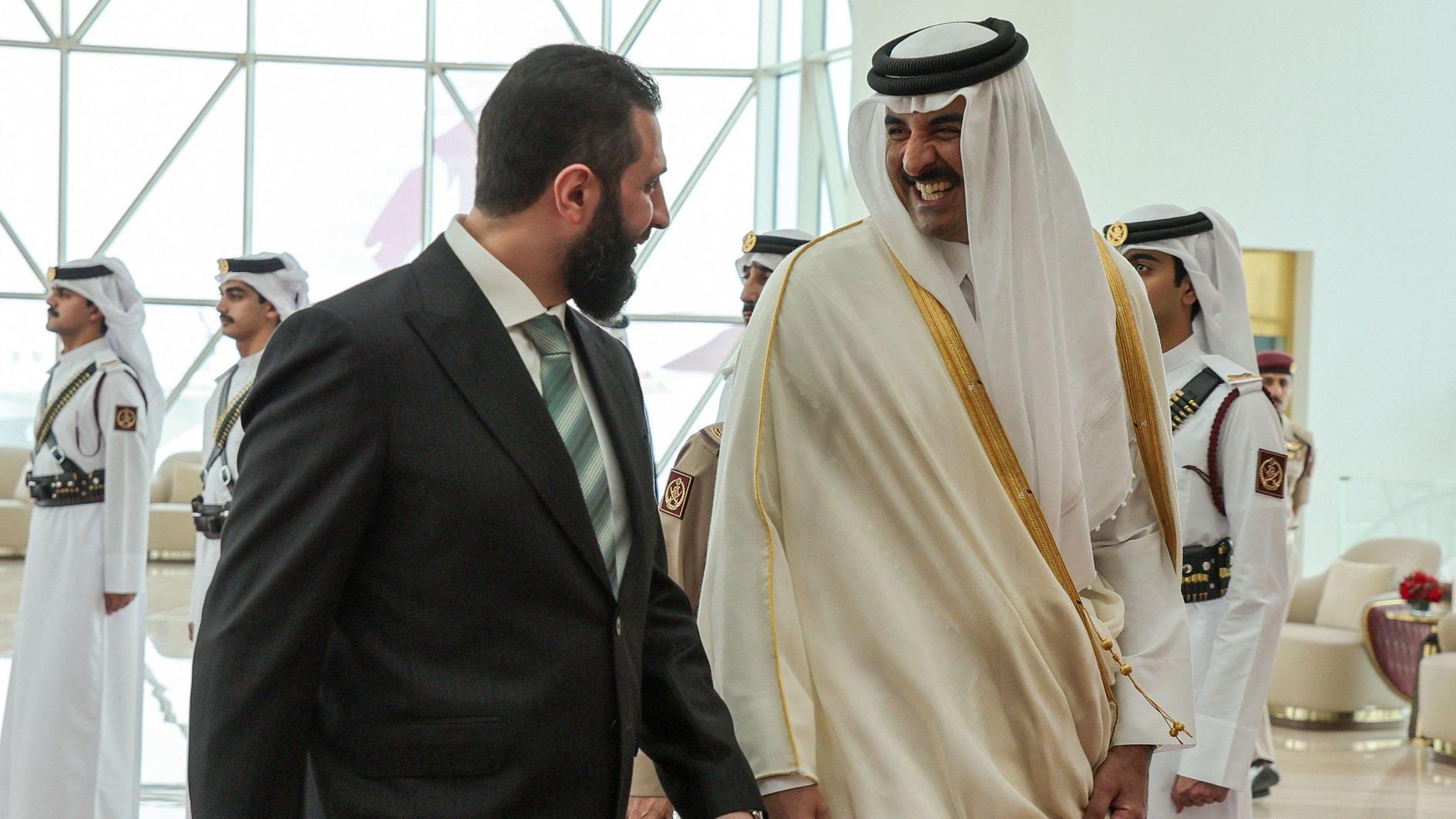Anatolia ‘before the nation’
William Armstrong - william.armstrong@hdn.com.tr
 ‘Before the Nation: Muslim-Christian Coexistence and its Destruction in Late-Ottoman Anatolia’ by Nicholas Doumanis (Oxford University Press, $65, 272 pages)
‘Before the Nation: Muslim-Christian Coexistence and its Destruction in Late-Ottoman Anatolia’ by Nicholas Doumanis (Oxford University Press, $65, 272 pages)People love to be nostalgic about the halcyon age of Ottoman coexistence. Referring misty eyed to the long-lost time of inter-communal harmony has become one of the clichés of writing about the region once ruled by the Ottomans. Nicholas Doumanis’ “Before the Nation” takes as its bedrock the Archive of Oral Tradition, a collection of thousands of interviews conducted from the 1930s to the early 70s with Greek refugees who left Asia Minor in the early years of the 20th century. The interviewees were hugely nostalgic for the religiously mixed life they left behind, and this nostalgia is shared by Doumanis, which accounts for both his book’s strength and its weakness. As a work of “from the ground up” history it has some value, but it doesn’t even begin to examine why this world disappeared. The author laments the fact that most historians don’t take oral history seriously enough, but from reading “Before the Nation” you can understand why this is the case. While the book gives a valuable picture of conditions on the ground and how changes were perceived by ordinary people, it can’t give a wider perspective on exactly why things were so.
It opens with an account of the nature of religious and social arrangements in Anatolia in the 19th and early 20th centuries. Doumanis makes the important point that inter-communal tension was rare, and that the overwhelming norm was for stability and cooperation out of a sense of shared interest. Boundaries were rigid but communities mixed liberally, celebrating each other’s religious festivals, eating with each other, and sharing the same social spaces. Among the most commonly repeated refrains among the migrant testimonies are “we lived well with the Turks” and “they came to our homes, we went to theirs.” Forty pages at the center of the book are devoted to a detailed account of the local religious practices and traditions shared by Sunni Islamic and Christian Orthodox communities who lived cheek-by-jowl across Anatolia.
Running through the book is the idea that this old way of living was somehow “outside history,” and that its eventual disruption effectively meant a kind of encroachment of historical events. Perhaps the first of these events to impose itself in ordinary social life was the Young Turk revolution of 1908, after which the authorities began to interfere more directly in the internal affairs of communities. With constitutional rule supposedly came freedom, but with “freedom” also came “various bureaucrats, state employees, kaimakams, telegraph operators, secretaries, and [Muslims] from Thrace, Crete, Thessaloniki, who knew the Greek language but hated Greeks.” One of the worst impositions was the introduction of military conscription, from which Christians had previously been exempt. As one of the refugees would later reflect: “For us over there it all began with the Young Turks. Before ‘the Hürriyet’ … as far as we can remember, we don’t think we had historical events: indeed we took not much notice of the happenings of the world.”
The next major encroachment of history came with the Balkan Wars. As has been well documented, the mass arrival of Muslim refugees across Asia Minor from the Balkans (and, previously, from Crete) hardened attitudes and put the inter-communal order under unsustainable strain:
News of Muslim communities being persecuted by Balkan Christian armies changed the political and social climate within Constantinople and western Anatolia completely. It quickly became apparent to Muslims and Christians that intercommunal living was in conflict with the new Ottoman vision of society, and as the violence continued, the chances of resuming the old ways of relating became increasingly difficult.
Doumanis has said elsewhere that “if ordinary Anatolians were left to their own devices the neighbors would have carried on as before.” This is probably true, but “Before the Nation” fails to get to grips with the complex forces that eventually upended their supposedly prelapsarian idyll, and it fails to properly account for the historical processes that meant things couldn’t simply “carry on as before.” Admittedly, this is not the author’s stated aim; his focus is almost exclusively on the experiences detailed in the Archive of Oral Tradition, rather than on the origins of the wider social, economic and political shifts that imposed themselves on “ordinary Anatolians.” However, only going into limited detail about those “top down” issues leaves an enormous lacuna at the center of the book.
There were indeed many good things about the “sacred time” of Anatolian inter-communal harmony before modernity crashed in to ruin it all, and there are plenty of justifications for migrant nostalgia. But concentrating on that alone can only give a limited understanding of what actually happened, and why the old ways were doomed.
Notable recent release

‘State, Faith, and Nation in Ottoman and Post-Ottoman Lands’ by Frederick F. Anscombe
(Cambridge University Press, £20, 320 pages)










